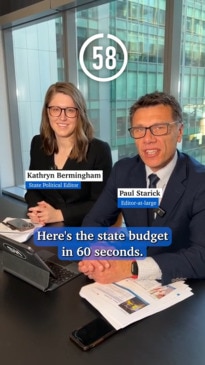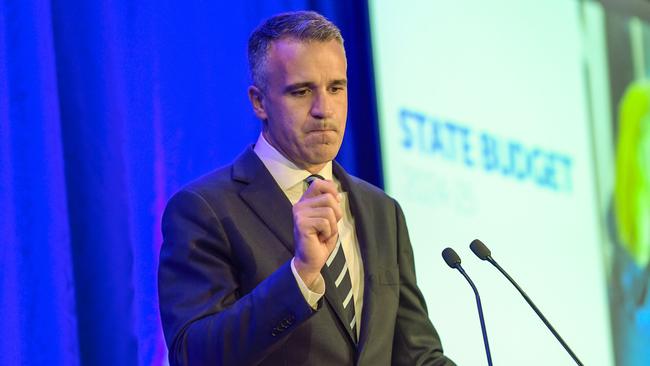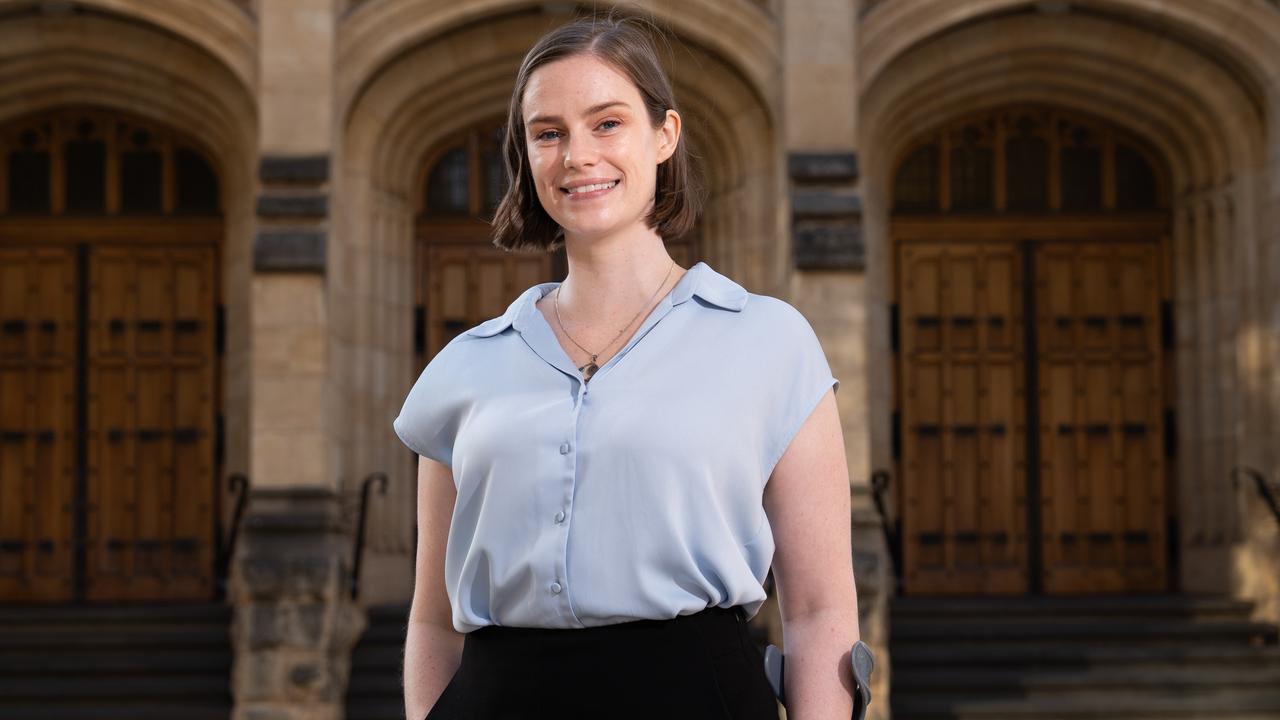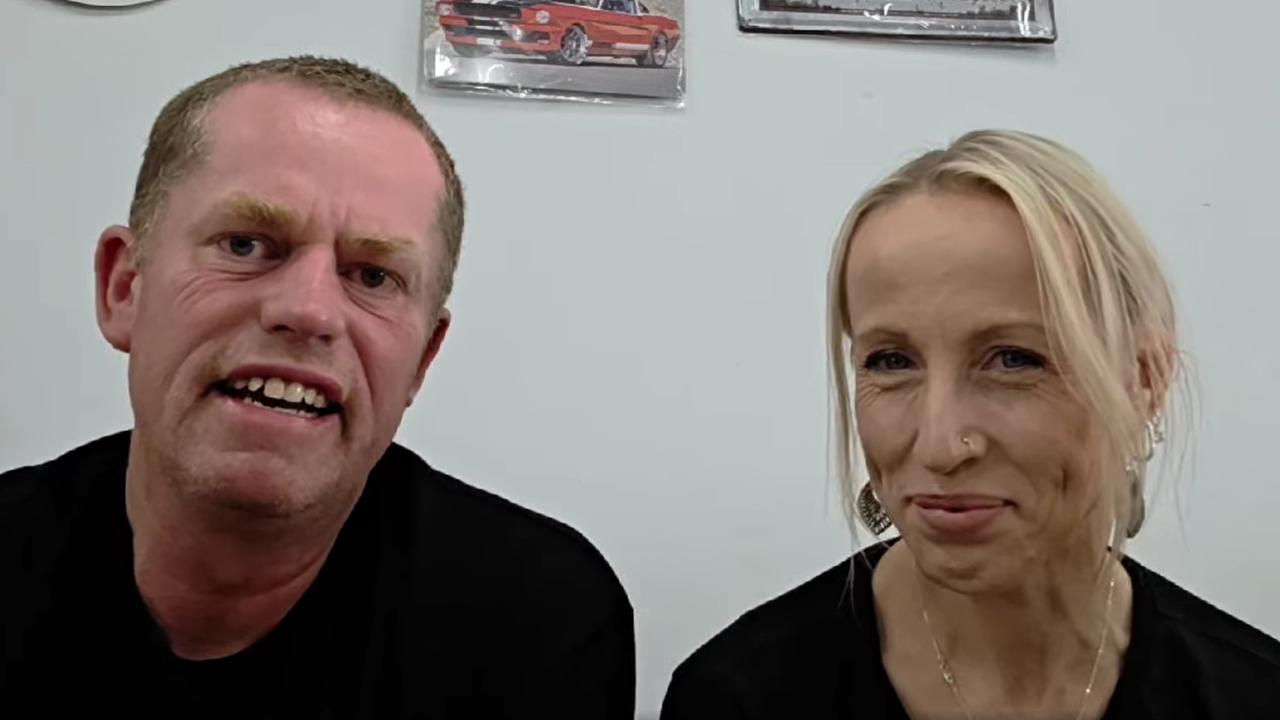Analysis: State Budget debt makes State Bank disaster look cheap | Paul Starick
South Australian households are already groaning under their debt burden, and now the state budget could face similar pain, writes Paul Starick.

SA News
Don't miss out on the headlines from SA News. Followed categories will be added to My News.
Debt is crushing households across the country and financial stress is growing – now the state is starting to be hobbled too.
An eye-watering $16.3bn will be added to the state’s debt burden within just four years – the forward estimates – soaring from an estimated $27.8bn in 2023-24 to $44.2bn in 2027-28.
This is more than enough to send an icy chill down the spines of those old enough to remember the State Bank financial disaster of 1991 and that era’s catastrophic double-digit interest mortgage rates that fuelled a recession.
But the State Bank’s $3.15bn loss is dwarfed by today’s enormous debt, which is heading in the wrong direction.
Treasurer Stephen Mullighan insists this is within comfortable levels, as measured by crucial ratings agencies, with a net debt to revenue ratio of 131.8 per cent. This, he says, is only 2.2 percentage points higher than what had been forecast by the previous government.
One key ratings agency, S&P Global Ratings, says a likely increase in tax revenue, thanks to a strong property sector and historically tight labour market, means the state can handle the higher infrastructure spending in this budget.
But, as Mr Mullighan has repeatedly observed, there’s no room for more big-spending projects beyond the $15.4bn South Rd tunnel project and the $3.2bn new Women’s and Children’s Hospital.

This raises questions about the ability to pump more than $5bn of public money into the Northern Water project, a 260 megalitre water desalination plant and 600km pipeline network to the state’s north, primarily aimed at fuelling BHP’s copper expansion centred on Olympic Dam.
Premier Peter Malinauskas in February highlighted forecasts showing the project would deliver an average annual $5.2bn boost to the state’s $134bn economy. It was the centrepiece of the Premier’s much-touted State Prosperity Project tour of Whyalla and Olympic Dam – a business case is assessing the project’s viability.
The state’s economy might have been leading the nation but the budget’s forecasts are gloomy, even dismal, for economic and jobs growth – the latter is forecast to rise by just 0.75 per cent in 2025-26.
Delivering his third budget on Thursday, Mr Mullighan recognised the extraordinary pain being felt by voters and doled out $266.6m in cost-of-living relief.
“Our nation’s economy is cooling: the Reserve Bank’s 13 cash rate increases in only 18 months have seen mortgage costs and rents soar, and while inflation has moderated, the cost of groceries, fuel, insurance and other staples remains high,” he said.
“Many South Australian households and small businesses are facing unprecedented cost-of-living pressures.”
This is reinforced by Morgan Stanley research published on June 3, which show reported financial stress is rising, particularly across low-income and highly leveraged groups. Lower and middle-income groups are more worried about their finances, the research shows, as well as those aged between 30 and 49.
Fortunately, there is strong eye to future economic growth in the budget, with $2.3bn allocated to skills development – a $692.6m, or 43 per cent, increase over five years.
This includes $275.6m to increase training places to more than 160,000, underpinning vocational efforts in health, construction, early childhood and, crucially, defence.
The $368bn nuclear-powered submarine construction project focused on Adelaide has the potential to transform the state’s economy, providing a bedrock for generations.
Both the state and nation need to have the financial resources to afford it.





